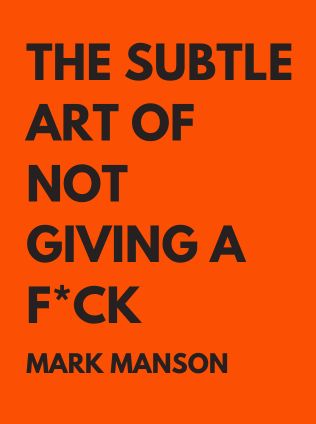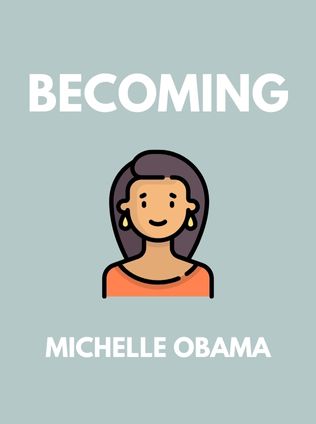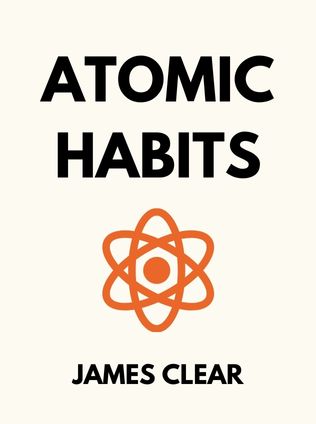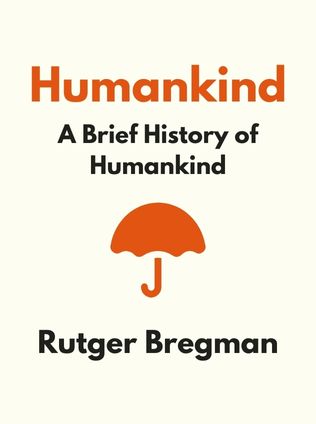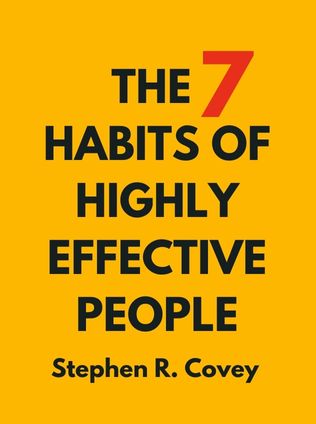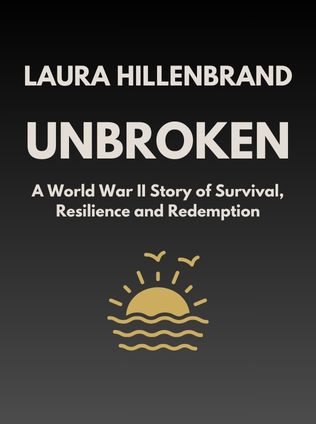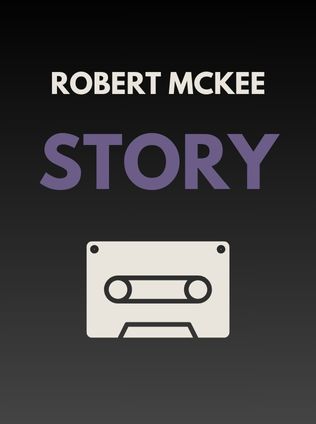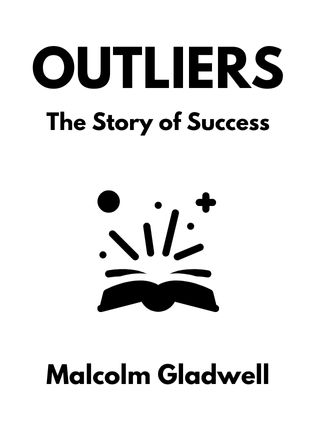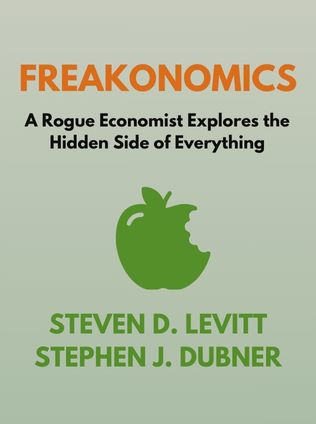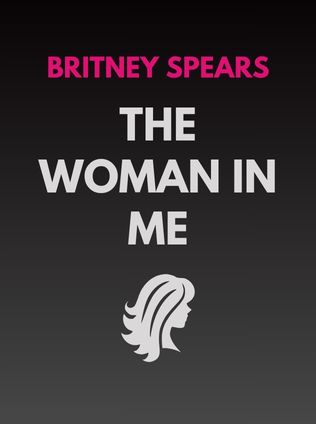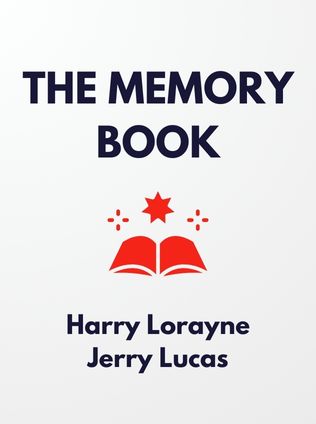
The Memory Book
By Harry Lorayne and Jerry Lucas
Published 07/2016
About the Authors
Harry Lorayne and Jerry Lucas may seem like an unlikely pair—a magician and a former NBA player—but their collaboration has led to one of the most enduring and influential books on memory improvement: The Memory Book. Both men approached the world of memorization from different angles, yet their combined expertise created a comprehensive guide that has helped countless readers enhance their memory skills.
Harry Lorayne, born in 1926, was not just a magician but a memory expert known for his astounding ability to remember names and numbers. His struggle with dyslexia in school led him to explore and develop various memory techniques, which he later demonstrated through his magic tricks. These tricks weren’t merely entertainment; they were practical applications of memory techniques that Lorayne had honed over the years. He became a regular guest on television shows, including The Tonight Show Starring Johnny Carson, where he captivated audiences with his remarkable memory feats.
Jerry Lucas, born in 1940, was a celebrated basketball player, renowned for his success in the NCAA and NBA. From a young age, Lucas had a deep interest in learning and memory, which he applied not only on the basketball court but also in his academic pursuits. His ability to recall plays, strategies, and other important information was critical to his success as an athlete. After his sports career, Lucas turned his attention fully to memory training, where he and Lorayne joined forces to create a memory system that could be used by anyone.
Main Idea
The main idea behind The Memory Book is that anyone can significantly improve their memory by understanding and applying a few key principles. Lorayne and Lucas argue that memory is not a gift that some people are born with while others are not; rather, it is a skill that can be developed and refined. The book provides readers with practical tools and techniques to help them remember anything from names and faces to speeches and complex concepts.
At the heart of their method is the belief that memory is associative. This means that we remember things by linking them to other things we already know. The stronger and more vivid these associations, the better we remember. The techniques presented in the book are designed to create these strong associations, whether through visualization, substitution, or linking ideas together in sequences.
Table of Contents
- Introduction to Memory
- The Five Principles of Memory
- Image-Based Association
- Stand-In Words for Abstract Concepts
- Memorizing Ideas and Sequences
- Applying Memory Techniques in Daily Life
- Advanced Memory Techniques
- Conclusion: The Future of Your Memory
Introduction to Memory
Lorayne and Lucas begin by dispelling common myths about memory. Many people believe that they are simply "bad at remembering," but the authors assert that memory is a skill, like any other, that can be developed with practice and the right techniques. The book opens by encouraging readers to change their mindset about memory: instead of viewing it as something fixed, see it as something malleable and improvable.
Sign up for FREE and get access to 1,400+ books summaries.
You May Also Like
The Subtle Art of Not Giving a F*ck
A Counterintuitive Approach to Living a Good Life
By Mark MansonRich Dad Poor Dad
What the Rich Teach Their Kids About Money - That the Poor and Middle Class Do Not!
By Robert T. KiyosakiHow To Win Friends and Influence People
The All-Time Classic Manual Of People Skills
By Dale CarnegieFreakonomics
A Rogue Economist Explores the Hidden Side of Everything
By Steven D. Levitt and Stephen J. Dubner

